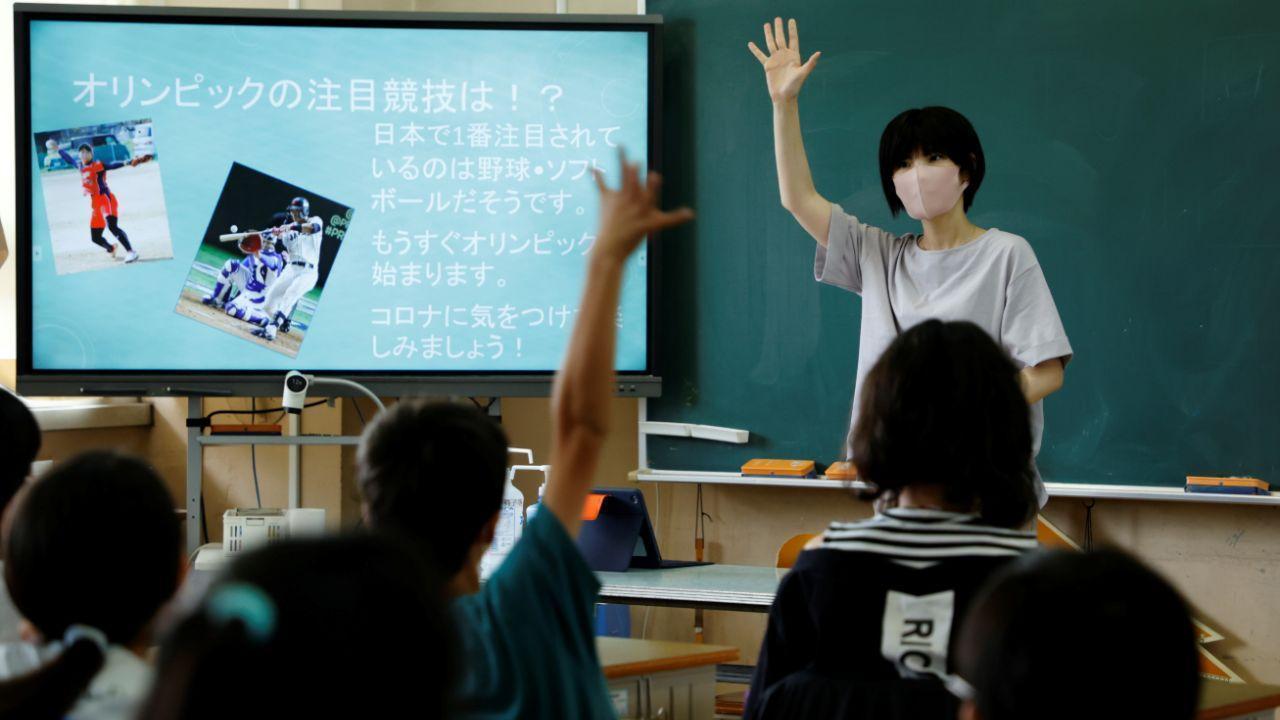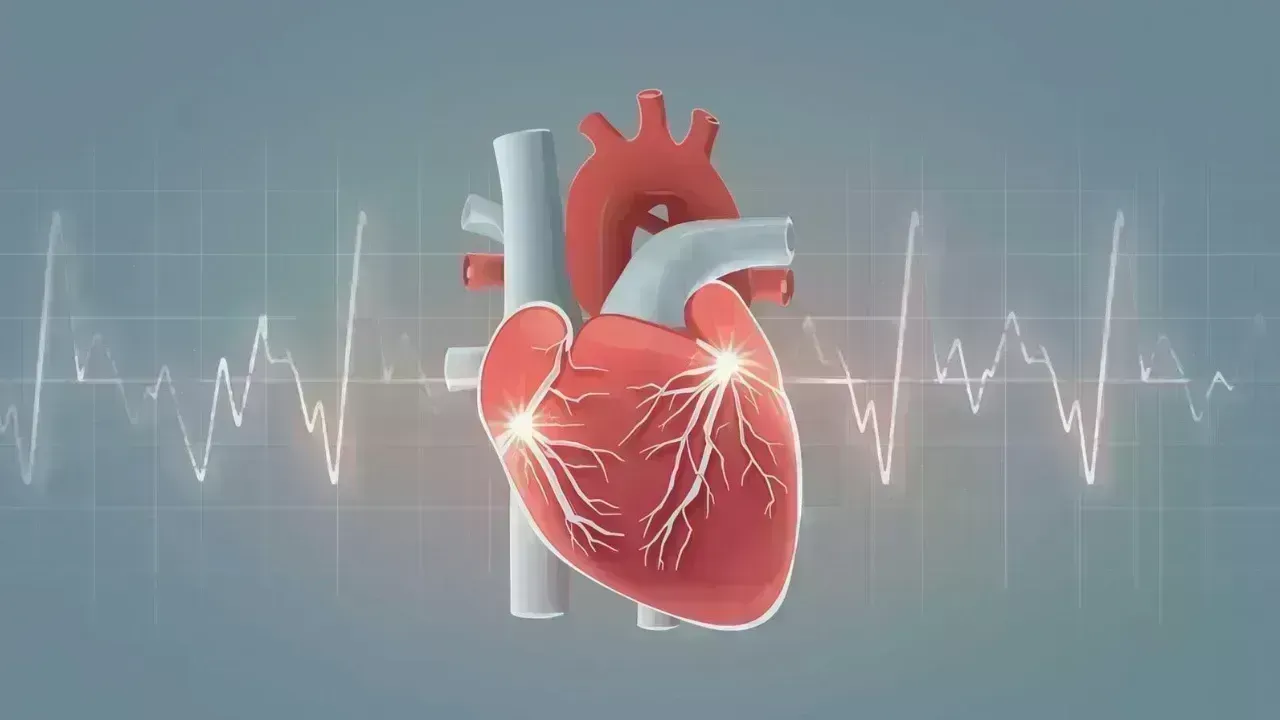
Post by : Priya
Photo:Reuters
In recent years, education has changed in many parts of the world. It is no longer only about reading books, solving math problems, or learning science facts. Schools are now also focusing on life skills — the kind of skills that help children grow into kind, confident, and responsible adults.
Japan has taken a major step in this direction. In April 2025, it launched a new subject in its primary schools: emotional intelligence education. This new subject teaches young students how to understand their own feelings, respect others, and manage emotions in a healthy way.
In a society known for discipline, hard work, and academic success, this change shows that Japan is now putting equal importance on mental health and emotional well-being.
But why is emotional learning needed in schools? How is Japan planning to teach such a personal topic to children? And what could be the long-term effects of this decision?
What Is Emotional Intelligence?
Before we understand what’s happening in Japanese schools, it’s important to first understand what emotional intelligence means.
Emotional intelligence, also called EQ (Emotional Quotient), is the ability to:
Recognize your own emotions
Understand the feelings of others
Express your feelings clearly
Manage stress and anger
Show empathy, kindness, and cooperation
Make thoughtful decisions, especially in social situations
These are not skills people are born with — they can be learned and practiced, just like reading or writing.
For children, learning emotional skills early in life can help them:
Make friends more easily
Avoid fights and bullying
Feel more confident in school
Solve problems peacefully
Be less anxious or depressed
This is why educators and psychologists around the world are now supporting emotional learning in schools.
Why Japan Took This Step
Japan has long been praised for its high-performing education system. Japanese students often score well in math, science, and reading in global exams. The country also values discipline, order, and respect in classrooms.
However, recent years have brought new challenges. Teachers and parents have reported an increase in:
Stress and anxiety among young children
Bullying and social isolation
Lack of communication between students
Anger issues or emotional outbursts
Decline in mental health and self-esteem
In 2023, a government survey showed that 1 in 5 primary students in Japan had signs of emotional stress, including fear of school, sadness, or trouble making friends.
The COVID-19 pandemic made things worse. Children were kept away from classmates, regular school life, and outdoor play. Many struggled emotionally.
Experts warned that if emotional health is ignored, it can affect learning, relationships, and even long-term success in life.
After much debate and discussion, Japan’s Ministry of Education decided to take action — and emotional intelligence education became part of the national curriculum for primary schools starting from the 2025 academic year.
How the Emotional Education Program Works
The emotional education classes are now being taught from grades 1 to 6 in all public primary schools across Japan. While the lessons are still new, the government has laid out a clear plan on how they should be taught.
Here are some of the key features of the program:
1. Weekly Sessions
Each class has one emotional learning session per week. These are usually 30–45 minutes long and are part of the moral education schedule.
2. Storytelling and Role-Playing
Children listen to stories that talk about feelings like anger, jealousy, fear, joy, and sadness. After the story, they act out situations and discuss how characters might feel or respond.
3. Emotion Cards and Charts
Teachers use colorful cards with faces showing different emotions. Children are asked to pick a card that shows how they feel today. This helps them learn the names of emotions and become more aware of their own moods.
4. Group Discussions
In small groups, children talk about experiences like “a time when you were sad,” or “what makes you happy.” They learn to listen to others and share their own feelings in a respectful way.
5. Conflict Resolution Games
Children are given imaginary situations where two friends fight or one student feels left out. They are then asked to come up with peaceful solutions. This builds problem-solving skills.
6. Journaling and Drawing
Students are encouraged to draw or write about their emotions. Younger children use smiley faces or symbols, while older students may write short diary entries.
7. Teacher Training
Before launching the program, thousands of teachers received special training on how to guide emotional learning. They were taught how to create a safe, kind, and open classroom space.
8. No Grades, No Tests
Unlike math or science, there are no exams or scores in emotional education. The goal is personal growth, not competition.
The Goals Behind the Program
According to Japan’s Ministry of Education, the emotional intelligence classes aim to achieve five main goals:
Help children understand their own emotions
Teach them how to control their reactions during stress
Encourage kindness, empathy, and respect for others
Reduce bullying and social problems in schools
Build confidence, better self-esteem, and social awareness
In the long term, the government hopes that students who learn these skills will grow into adults who:
Have stronger relationships
Succeed in teamwork and leadership
Manage workplace stress better
Are less likely to suffer from depression or loneliness
What Do Experts Say?
Many psychologists and education experts in Japan have welcomed this step.
Dr. Keiko Yamamoto, a child psychologist based in Kyoto, said:
“Children are not just small students — they are developing human beings with feelings and emotions. Teaching them how to understand those feelings is one of the best things a school can do.”
Dr. Yamamoto added that early emotional education can prevent bigger mental health problems in teenage and adult years.
Professor Hiroshi Sato from Tokyo University said:
“Emotional intelligence is a life skill. In the past, we believed it could only be taught at home. But times have changed. Now schools must play a role too.”
Even global experts are praising Japan’s move. UNICEF, the UN agency for children, issued a statement supporting emotional education and called it “an important investment in the future of every child.”
Voices from the Classroom: What Teachers and Parents Say
Teachers’ Experiences
Many teachers in Japan say they already see small changes in the classroom.
One primary school teacher in Osaka, Ms. Aya Tanaka, said:
“Students are more willing to talk about their feelings. They also show more care towards classmates who are upset.”
She added that the lessons have helped children understand that it’s okay to feel sad or angry — what matters is how we deal with those emotions.
Parents’ Reactions
The reaction from parents has mostly been positive.
Yuko Arai, a mother of a 7-year-old in Tokyo, said:
“I used to worry when my son came home angry or cried easily. Now he tells me what he feels and why. I think this subject will help him become a better person.”
However, some parents are still unsure. A few believe that emotional learning should be taught at home, not in school. Others worry that it may take time away from academic learning.
The Ministry of Education has responded by saying that emotional skills support academic success — not take away from it.










NBA Friday Recap: Powerhouse Wins for Miami, LA, Milwaukee, and Clippers
Miami, LA Lakers, Milwaukee, and Clippers triumphed in a thrilling NBA Friday, showcasing standout p

Doncic Shines with 49 Points in Lakers' 128-110 Victory over Timberwolves
Luka Doncic dazzles with 49 points as the Lakers secure a 128-110 win against the Timberwolves, show

Kings Triumph Over Jazz 105-104 with Last-Minute Sabonis Effort
The Sacramento Kings edged out the Utah Jazz 105-104, with Domantas Sabonis making the decisive shot

Argentina's Friendly Match Against India Delayed, New Date to be Announced
The friendly match between Argentina and India in Kochi has been postponed due to FIFA approval dela

Rohit and Kohli Conclude ODI Journeys in Australia with a Victory
Rohit Sharma and Virat Kohli bid adieu to Australian ODIs with a final win, forming a 168-run partne

George Russell's Wrestling Mask Antics at Mexican Grand Prix
George Russell donned a wrestling mask to enjoy the Mexican Grand Prix from the stands, providing a